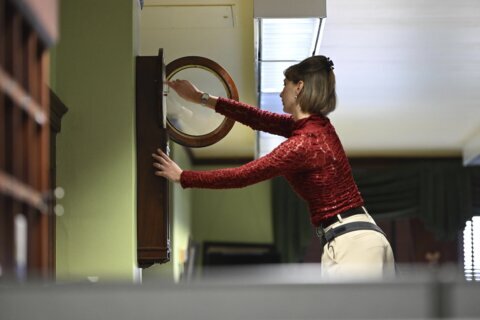WASHINGTON — At James Madison’s estate in Orange County, Virginia, the hidden chapters of history are being brought to light.
Montpelier’s famous second-floor library still offers visitors a glimpse into the room where the country’s fourth president constructed the U.S. Constitution. But a few floors down, some untold stories are coming to life — those of the plantation’s enslaved people.
On June 5, James Madison’s Montpelier will open its new exhibit, “The Mere Distinction of Colour,” a project that’s been two years in the making. The exhibition includes recreated slave quarters in the side yard, as well as interactive displays and videos in the mansion’s cellar.
Giles Morris, vice president for marketing and communications at James Madison’s Montpelier, says the new exhibit is an “opportunity to tell the complete American story.”
“A lot of people come here because they’re inspired by the upstairs library where James Madison really conceived of what became the U.S. Constitution, and they come here to memorialize their respect for his ideas and his thought. But we also need to contend with Madison as a slave owner, and we also need to pay homage to the more than 300 people who were working here to make his life possible,” Morris said.
The new exhibit does just that.
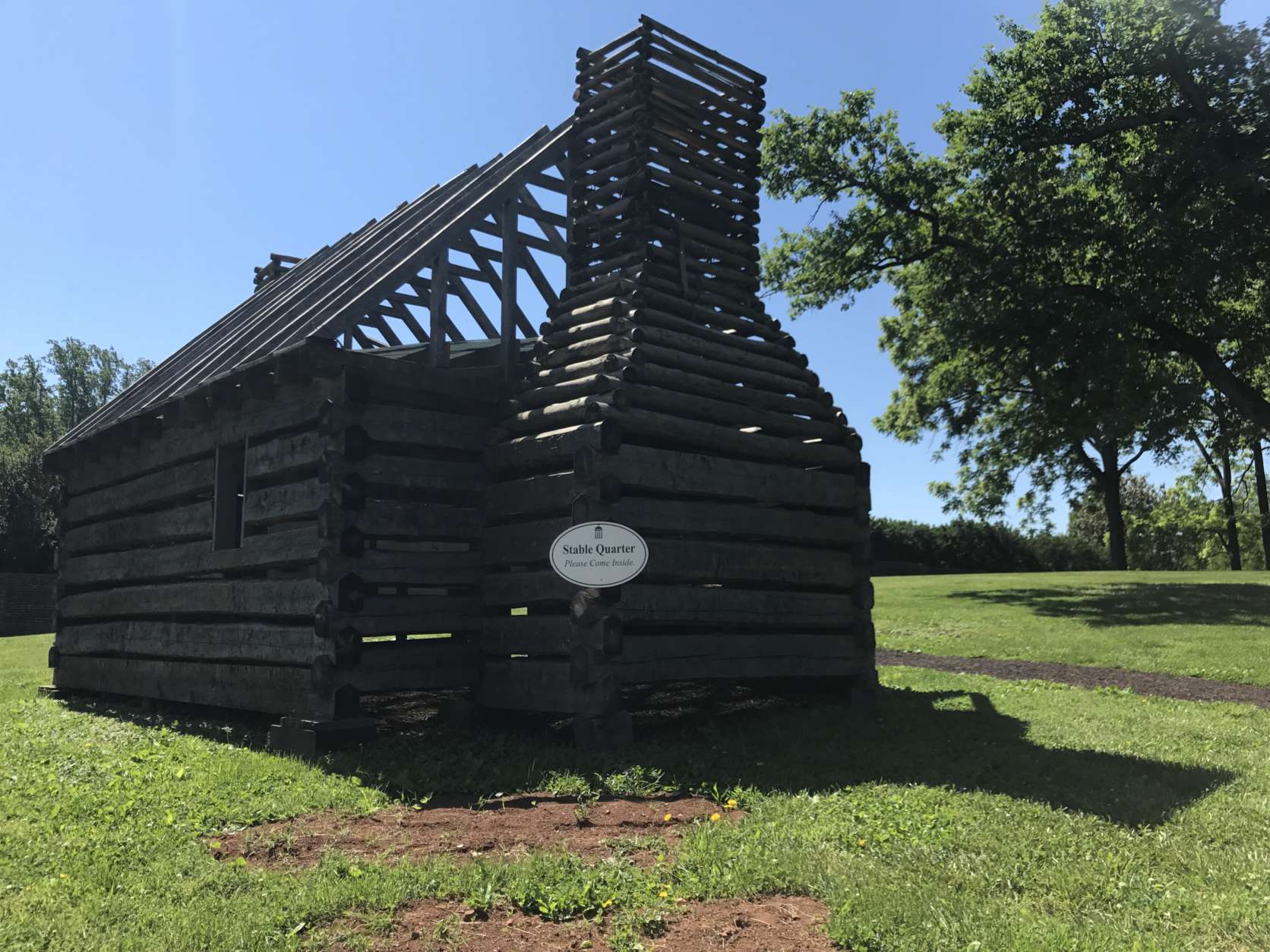
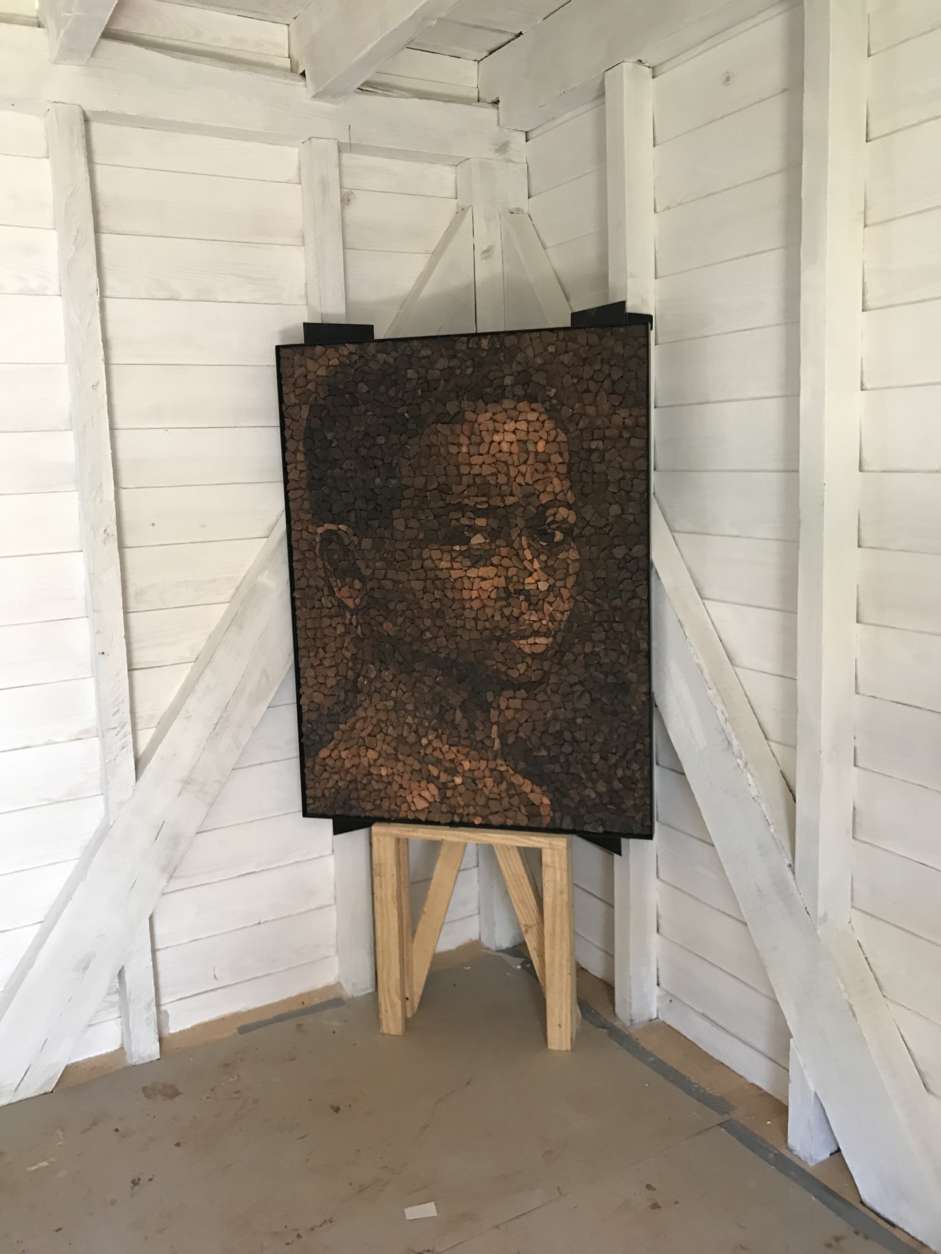
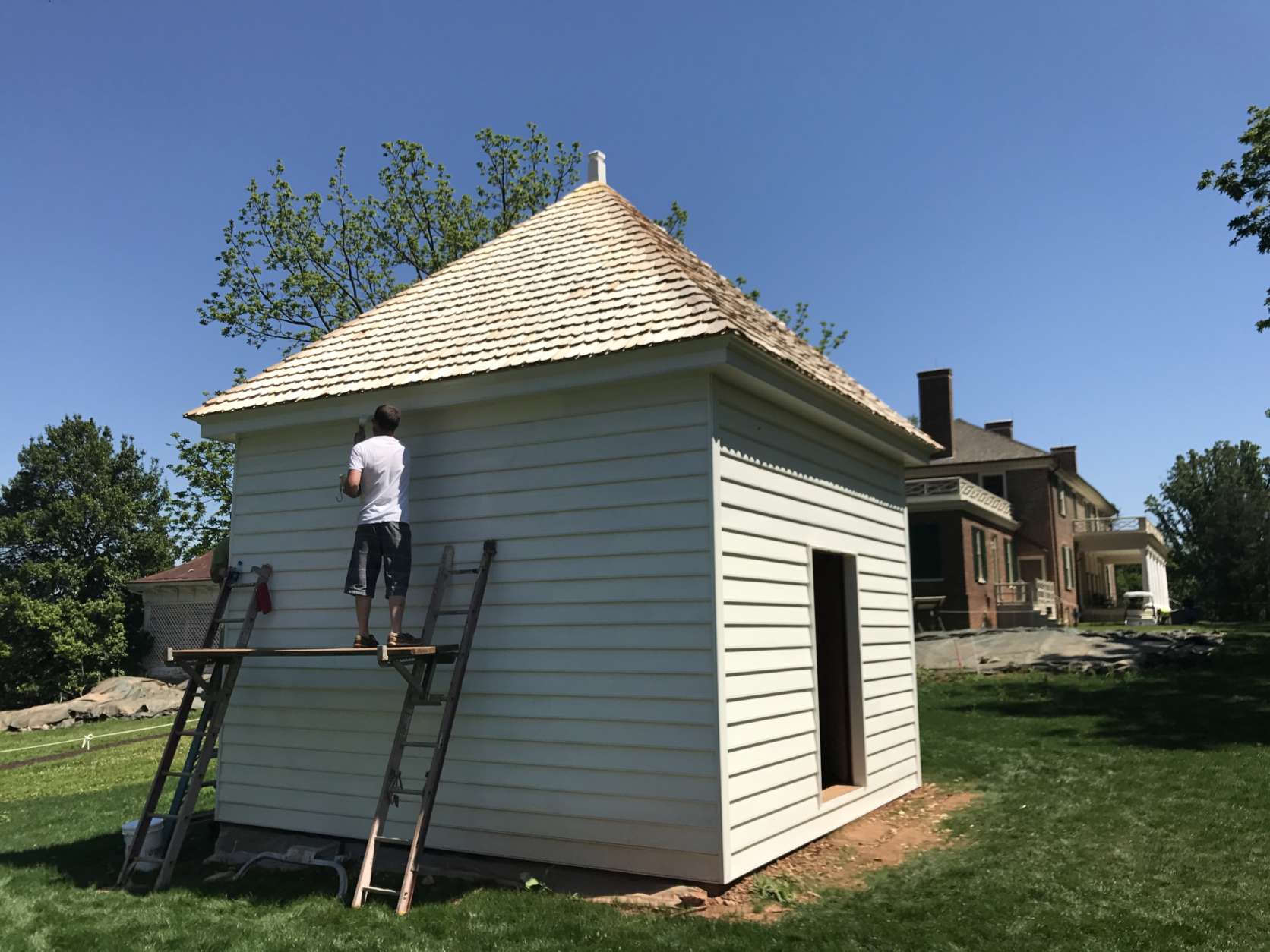
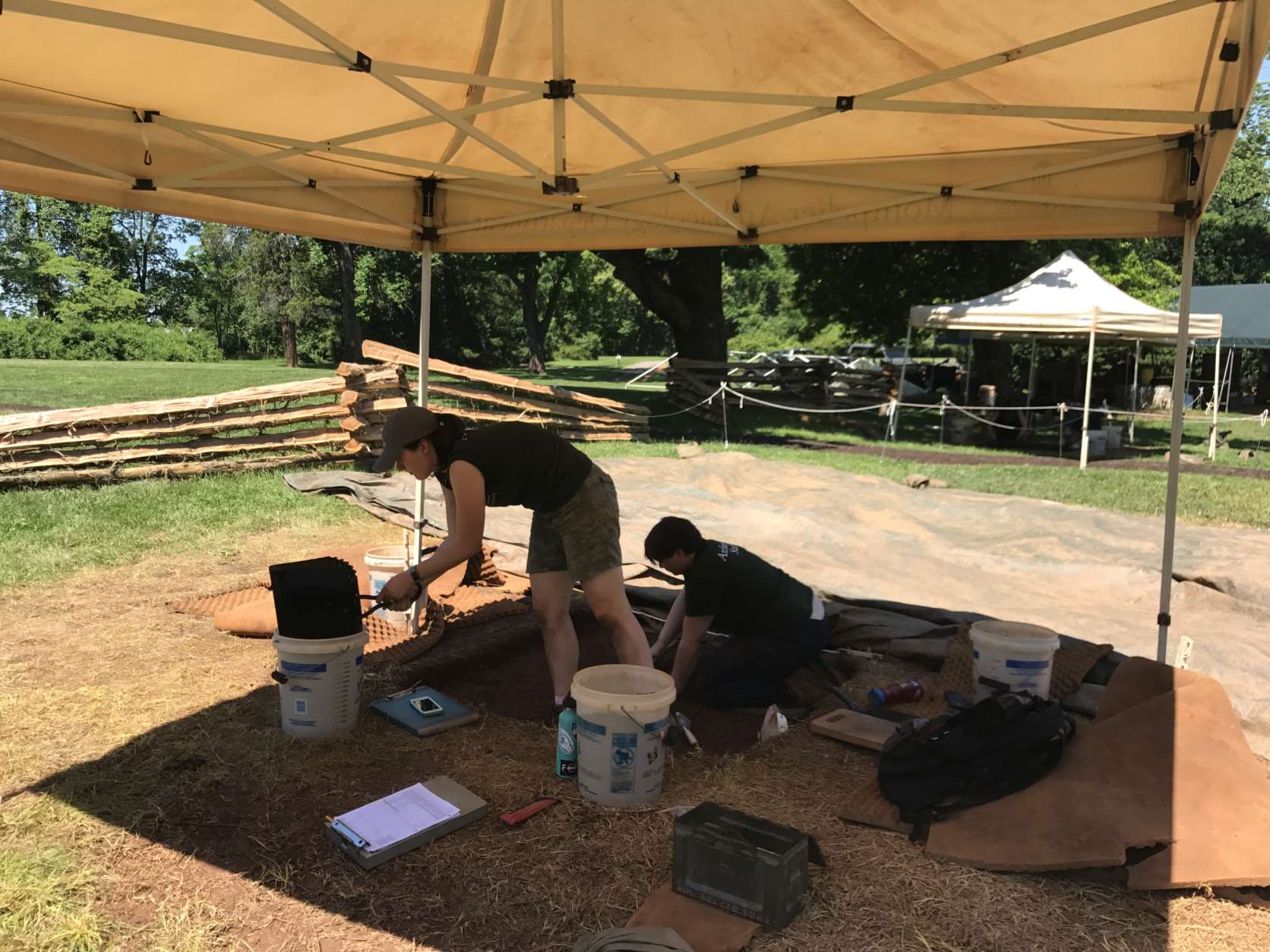
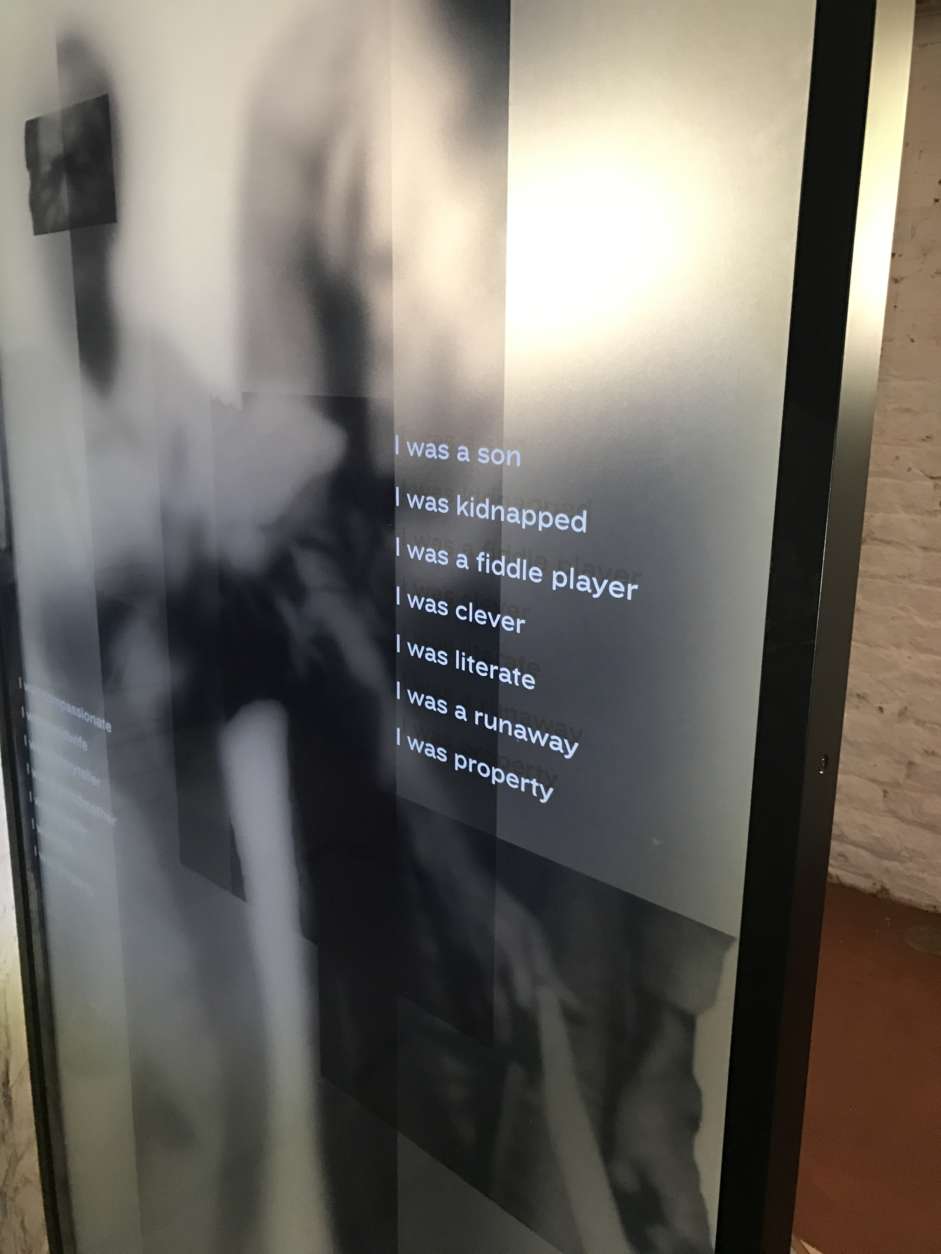

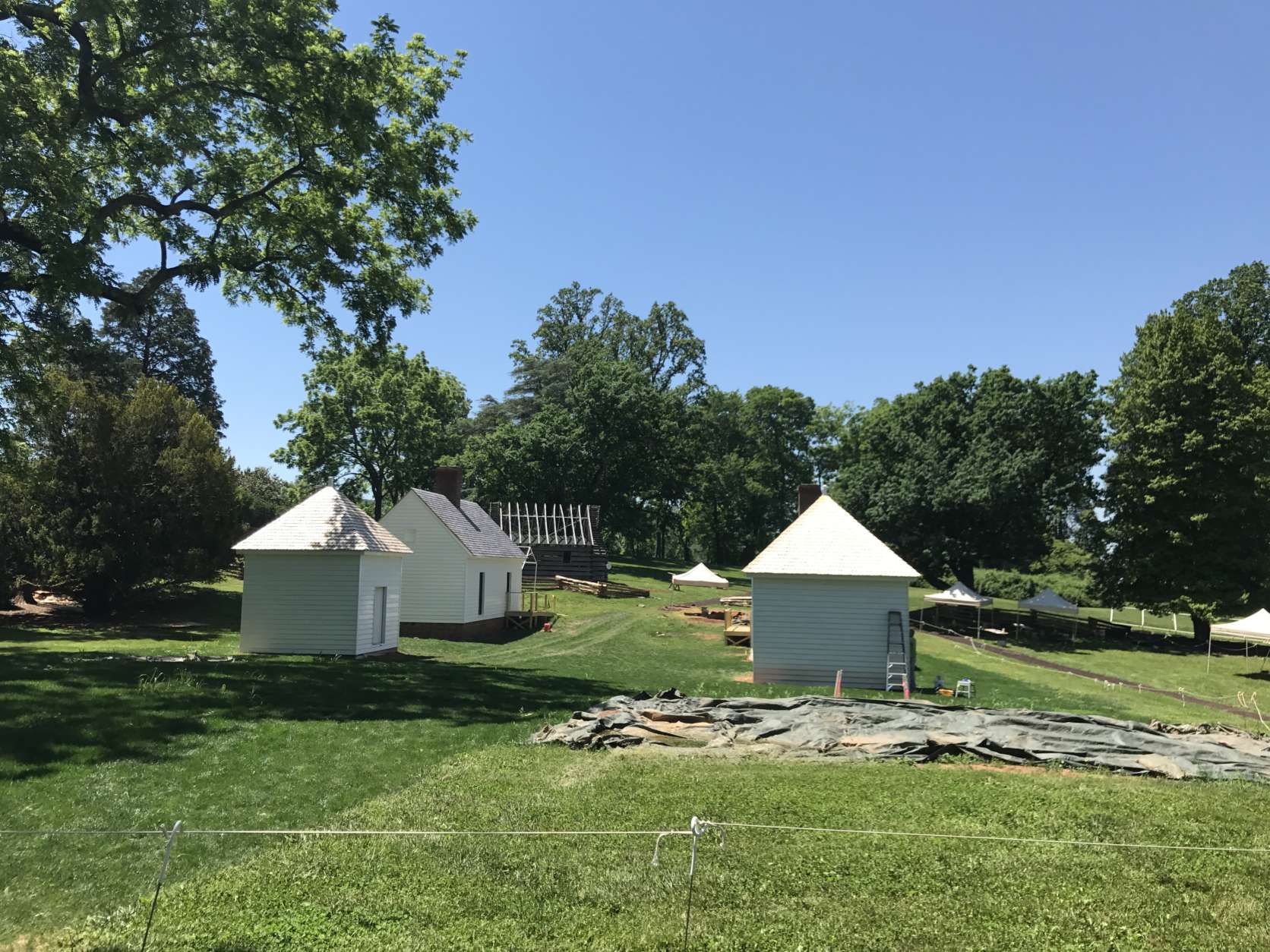
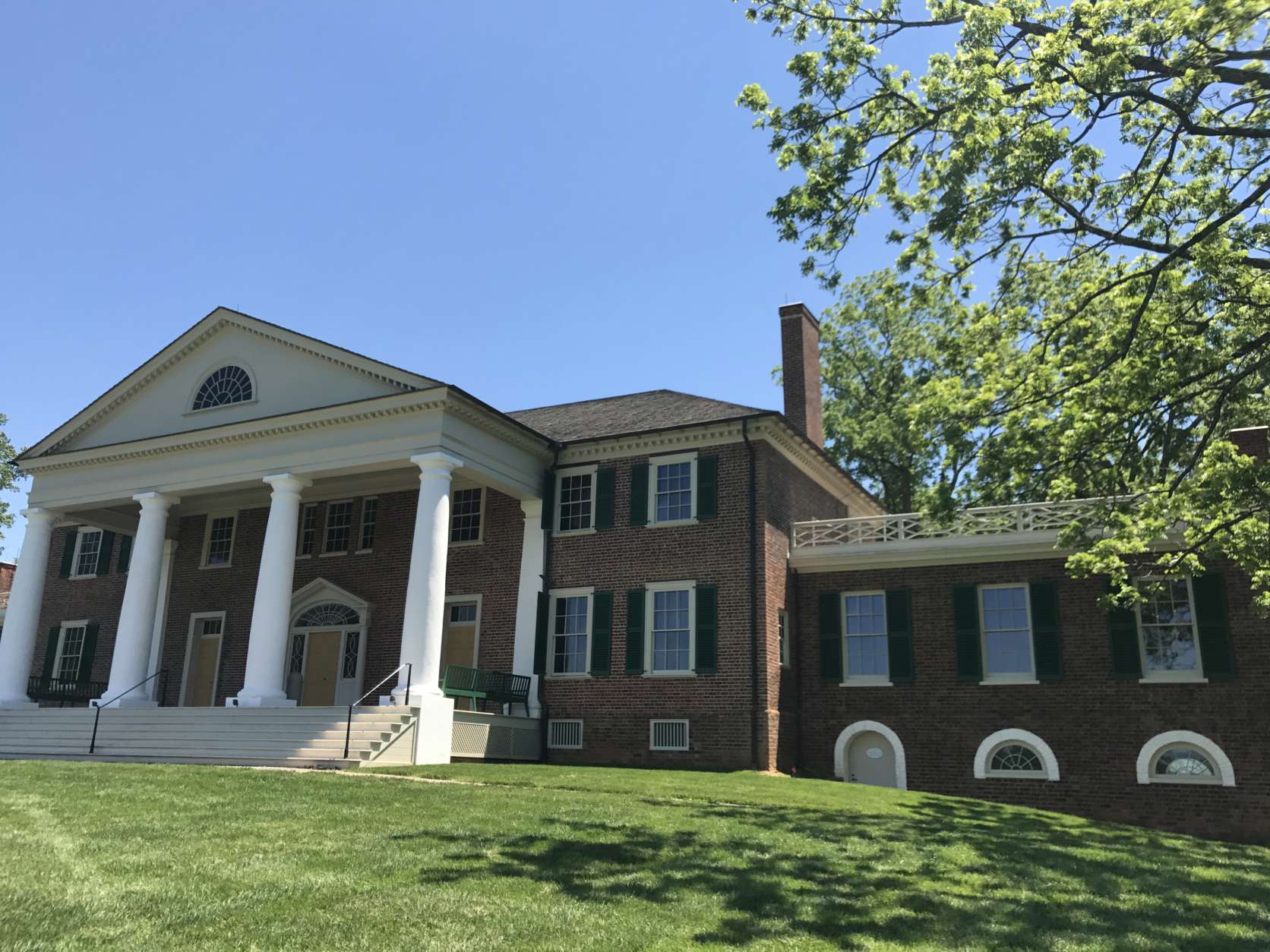

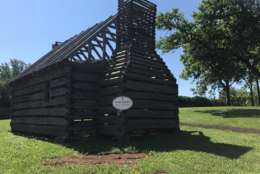
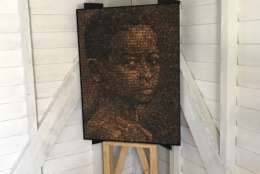
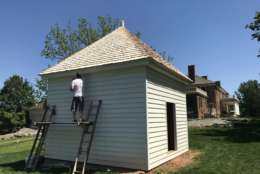
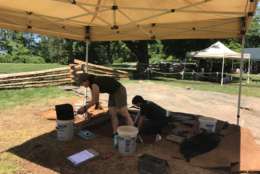
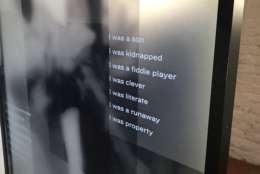

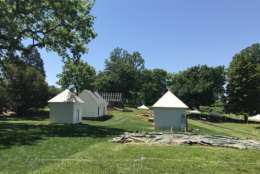
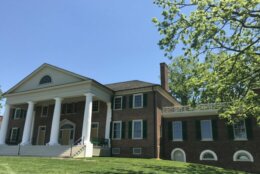
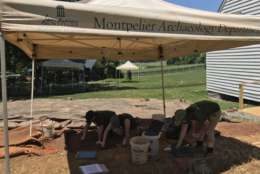
A video in the cellar details the life of one of Dolley Madison’s slaves, who, one by one, watched as her family members were sold or traded. Eventually, she escaped to freedom — but not without enduring an immense amount of personal pain.
In an adjoining room, an interactive board bearing the articles of the Constitution lights up to the touch to show how the document sets up and defends the institution of slavery without ever spelling out the word “slave.”
Artifacts and audio archives throughout the reconstructed dwellings portray enslaved people as more than mere property. They delve into the personalities, talents and backstories of the men and women at Montpelier.
“Now we are addressing their humanity, their legacy, what they meant to this country, and also contextualizing some of the intellectual ideas of the founding era and bringing them up to date and putting them in conversation with what’s going on in the country today,” Morris said.
Much of the exhibit was built with the help of the descendants of Montpelier’s slaves. Some lent family heirlooms, others donated a new perspective on one of history’s most sensitive subjects.
“[We heard], ‘You really have to illustrate and illuminate the humanity of our ancestors. We are tired of seeing slavery being interpreted as an institution, or slaves being seen as a labor force, or as victims, even. What we want is for someone to pay the respect to our ancestors that people have paid to James Madison and Dolley Madison,’” Morris relayed.
Another clear takeaway from the exhibit’s research: Slavery is not just a story that should be confined to the past.
“It’s so connected to the issues that we’re wrestling with today in terms of race in America,” Morris said.
“I think, in general, white Americans tend to think of slavery as a historic fact … and African-Americans tend to think of it as something their family members went though, and so it’s extremely emotional and personal. And it’s not easy to bridge that gap of experience, that divide.”
But “The Mere Distinction of Colour” helps all sides learn more and gain a deeper understanding of slavery in America.
Kat Imhoff, president of James Madison’s Montpelier, says there’s potential for the exhibit to expand in the future. Other slave dwellings existed throughout the property and could be rebuilt using Montpelier’s public archaeology program.
But for now, the current exhibit is just one step Montpelier is taking to spark a new dialogue and to advance the story behind one of America’s most historic homes.
“I want people to remain inspired by the American story,” Morris said. “But that happens in two ways. That happens in people really understanding how the great ideas of America were formed … but also understanding that the rights that we promised were denied from the beginning, and they have only come into their fullness through history.”



